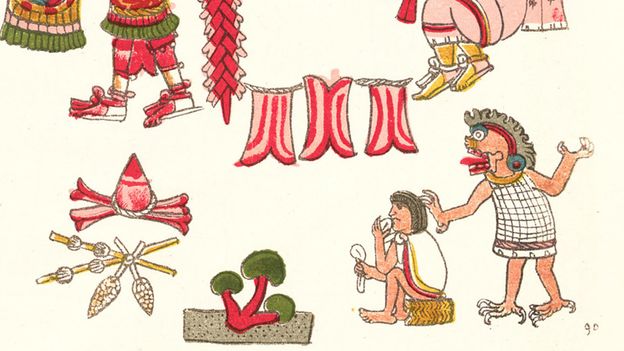Ancient wisdom is strapping on its tie-dye and showing Western medicine how it’s done! With a history of over 10,000 years, indigenous use of psychedelics like MDMA, LSD, psilocybin, and ketamine is being rediscovered as a potential game-changer for mental health treatment. A 2008 find of a Bolivian shaman’s bag packed with ancient drug gear reminds us that our ancestors were the original psychonauts.
Modern scientists are buzzing about psychedelics as possible treatments for anxiety, depression, and substance abuse, but getting the FDA’s green light is tougher than convincing a cat to take a bath—just ask the folks trying to push MDMA for PTSD treatment.
Indigenous cultures have long used these “spirit medicines” not just for mind-mending but also for rituals, creativity, and community bonding. Harvard’s Osiris Sinuhé González Romero suggests that humans have been dabbling in psychedelics since crossing the Bering Strait about 16,500 years ago. From psychoactive mushrooms in Mesoamerica to San Pedro and Peyote cacti in Peru and Mexico, the evidence is older than your grandma’s fruitcake. Even the Codex Vindobonensis Mexicanus 1 and 16th-century Aztec rituals reveal magic mushroom escapades.
While Western medicine is now curious about psychedelics, indigenous communities have always used them to sync with nature and the spirit world, aiming for collective harmony. In Colombia, Brazil, and Mexico, these substances are gateways to ancestral chats and worldly wisdom, often accompanied by trance-inducing drumbeats. Interestingly, the so-called “shaman” is commonly known as “the one who sings.”
But here’s
Published Date: 2024-09-10

